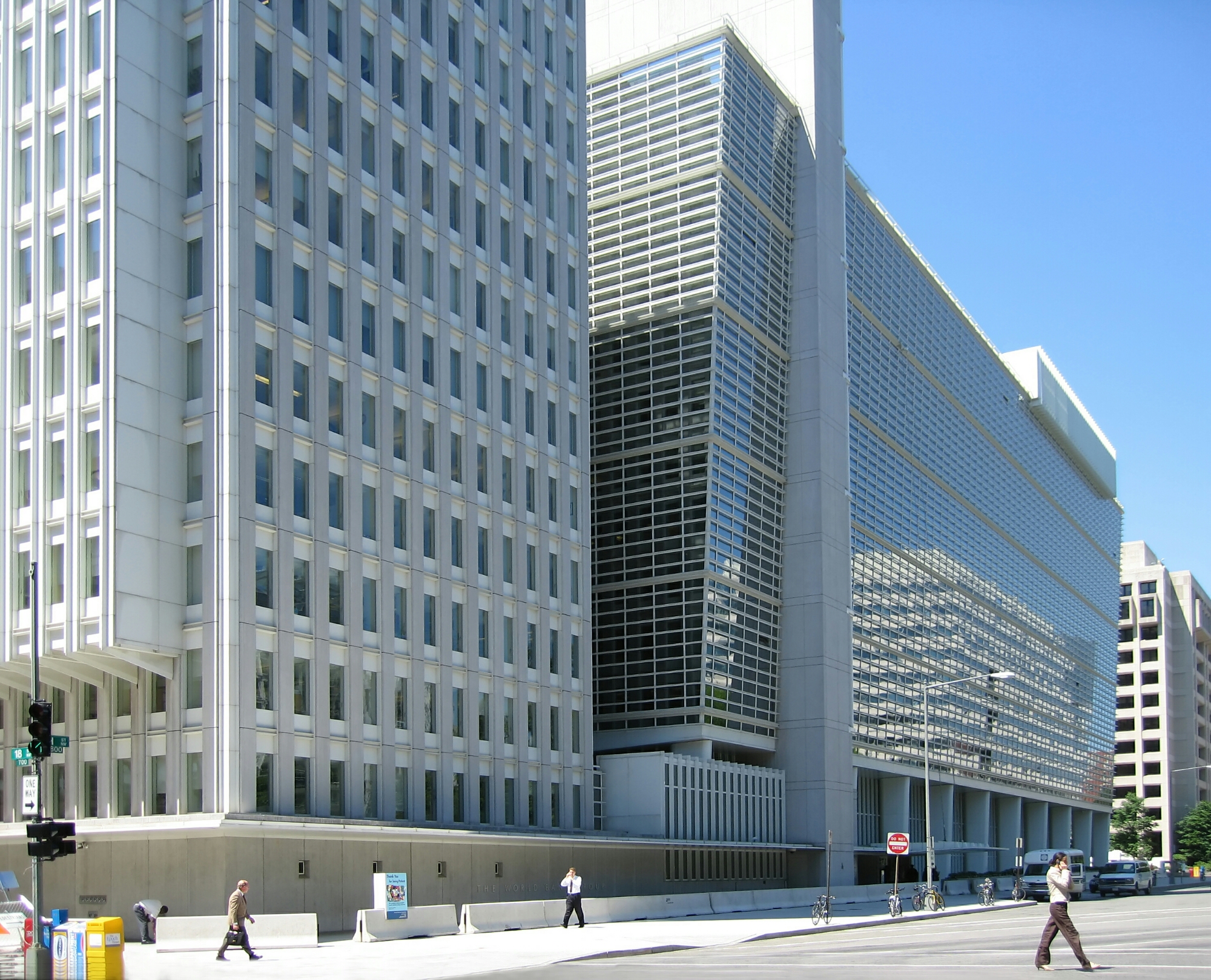It has been 25 years in the making, but on Wednesday the rail line that is set to mark a new era for travel between Germany’s capital and its economic powerhouse went live.
People who travel between between Berlin and Munich these days have to grapple with the impossible decision of choosing between an expensive flight, a cheap but crowded bus, or a pricey and slow train journey.
The current train route wanders all the way over to Frankfurt am Main before cutting back into northern Bavaria and down to Munich. It takes about six hours and ten minutes, hardly value for a ticket that costs somewhere between €75 and €120.
Since a bus normally costs around €20 and only takes an hour more, many people choose to stick to the road.
But that could all be about to change.
A new rail line through the Thuringian Forest has just been completed and, when it opens to the public, it is set to take the train ride down to a little less than four hours, the Süddeutsche Zeitung (SZ) reports.
On Wednesday the electric lines above the tracks finally went live – and with construction finished, testing is set to begin.
The line has been a long time in the making.
First planned in 1991 as part of the “Travel Project for German Unity” – a scheme of linking up east and west German travel infrastructure after reunification – it was supposed to be finished before the turn of the century.
But ballooning costs meant that the Social Democratic government put it on ice in 1999 and it was only rebooted in 2006 after Chancellor Angela Merkel’s CDU got back into power.
When the final touches are put in place over the next few months, the project will have costed €10 billion – more than double the original budget, the SZ reports.
It is quite a feat of construction though – trains will cross over 29 bridges and go through 22 tunnels. In fact, during the roughly half hour spent on the new piece of track, trains will be inside tunnels for ten minutes.
The opening date for the public is scheduled for December 2017. But before then there is still a lot to do. First, special test trains will drive the 107 km route, at first slowly and then ever faster, to check the strength of the track.
The line that it will be connected with also needs to be beefed up to include four adjacent sets of track.
Then at long last people travelling between Germany’s two most important cities won’t need to spend hours deciding whether to take the bus or the plane – and they’ll save time travelling too.






















